Getting Over the Snowcock Curve
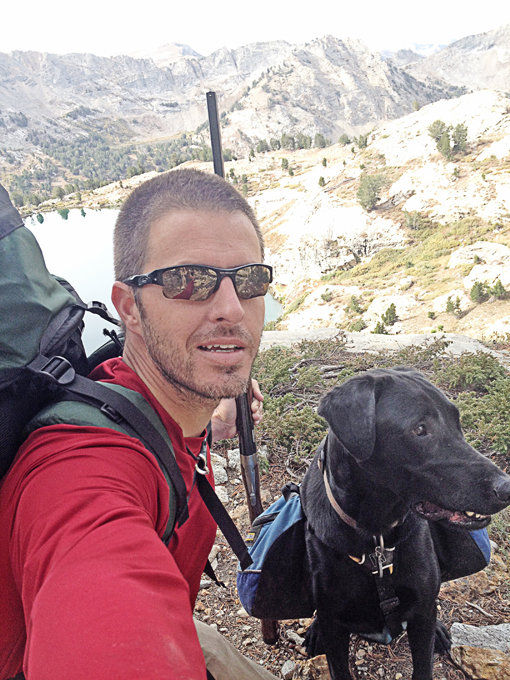
There is definitely a learning curve anytime you try and hunt a new species in a new area. No amount of research or reading can truly prepare you the same as having boots on the ground. Of course all the ground in the Rubys points uphill.
With Snowcock you hear tales of hunters rounding a corner on an established trail yards from the car, shooting a double and returning to the house in time for brunch. I say hogwash. If that has ever happened I want photo evidence, a sworn affidavit, an official inquiry, a witness — any or all of the above.
The highest elevation you can get a vehicle in the Rubys is 8,800 feet at the Lamoille Canyon parking lot. That is easily 1,000 feet below where I have seen Snowcock sign over the last two weeks of hiking. Why would a group of birds that has all they need to thrive at altitude drop down out of the stratosphere for a visit. The answer is they don’t.
Obviously I don’t have the whole game figured out just yet. You have not seen me with one of these birds in hand and I can guarantee there will be hundreds of photos if I am ever so fortunate. But I have managed to solve some substantial pieces of the Snowcock mystery.
Tomorrow morning I’ll put all that I’ve learned over the last two weeks to work. Based on what I brought, how I trained and what I’ve seen it will be the last best chance for me to shoot one of these birds this year. If it doesn’t all come together then I’ll adjust my approach and continue the lessons on a future trip. Either way it has been an amazing hunt.

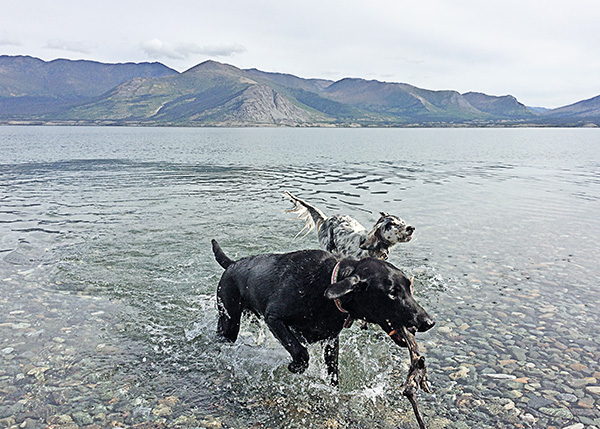
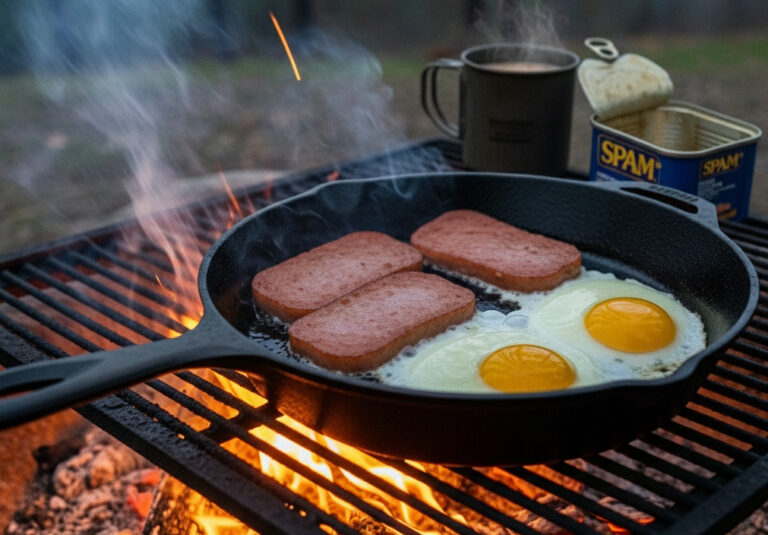
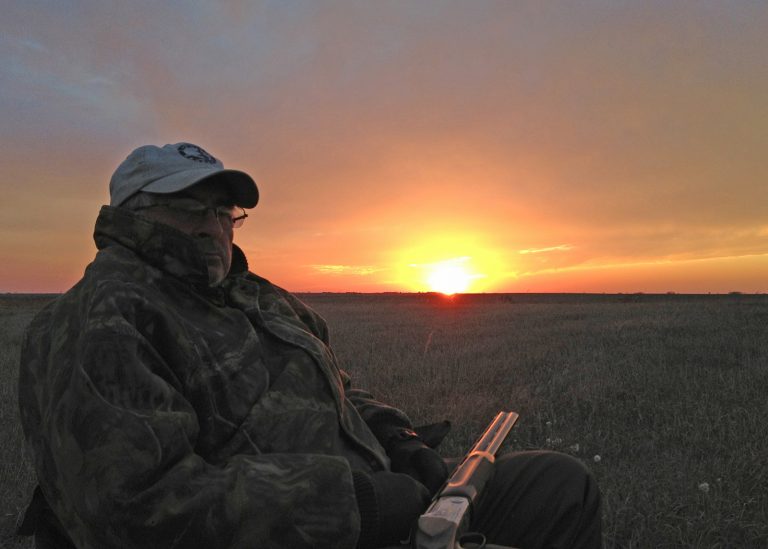
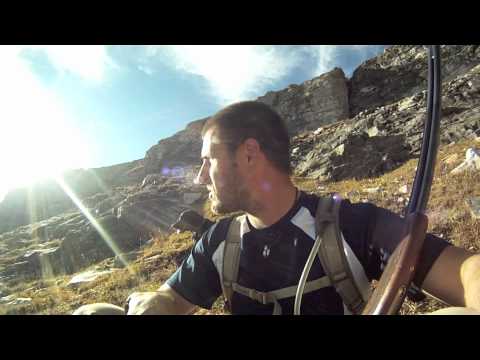
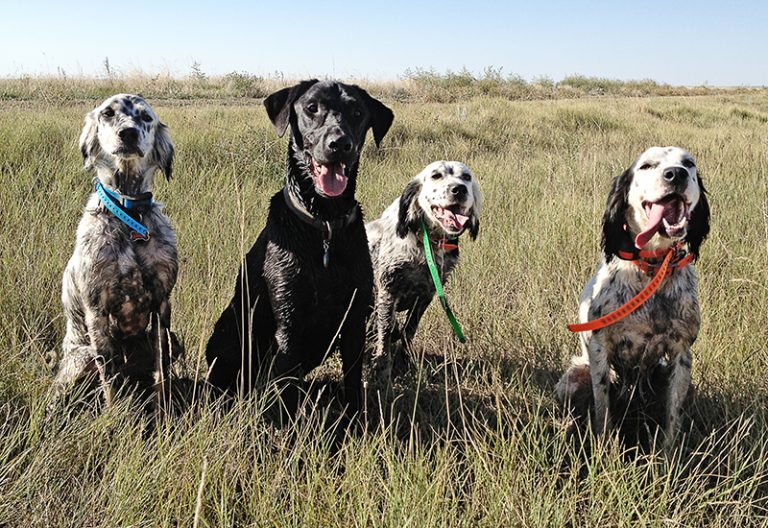

You do a great job of filming and describing what goes into snowcock Hunt, my days of rock climbing hunting are over due to 4 back surgeries but you bring back memories of goat hunts in CO, and ptarmagin hunts, and blues at elevation.
Thanks for the encouraging words Jack! Hope your back improves, we’ll try to keep you on the mountains with us this fall.
Originally from Michigan, I moved to Central Idaho ten years ago to hunt chukar.
I have made four trips down to the Rubys for Snowcock.
Shot my first and only snowcock in 2016, on my third hunt.
Hunted opener last Fall 2017, saw four birds on hike up the day before season.
Last Fall was a little special because I had just turned 60, wanted to hoof around at 10,000 plus feet for a couple days just to do it.
Plan trip number five in 2018, I want to take one of my Setters, never have taken a dog due to the dangerous conditions.
Awesome that you are still getting after it. We normally do a trip every other year for Snowcock, but last season we had a new puppy and it is not a place for an inexperienced dog.
As you likely know, dogs are probably not much of an advantage when chasing these birds. But if I can’t do it with them, I don’t want to do it. I think the young dog has the right temperament to take on the Rubys. Watching the winter conditions and may decide from there.
Brian,
I think I’ve read every article on your site plus have watched your videos on Snow cock.
There isn’t much information out there and some I have read, leaves me skeptical.
I guess I am fortunate for I have seen Snow cock on every trip I have made down to the Rubys.
Saw one bird and missed it in 2013, had to cut that trip short due to unexpected company back home. I had three fly over me in 2014 as I was climbing up through a very dangerous location near the top of a ridgeline. Injured feet ended that trip on day two. 2016 I probably saw the most birds 9 total I believe all different birds. That is the year I shot my one and only bird. I was in the timber near a ridgeline. Missed the first bird scored on the second with barrel number two. I was carrying my wife’s Citori Superlight that year. Last year I had four Snow cock fly over me as I climbed up the day before season. There was a lot of snow left up high last year, it made for plenty of water and food for the birds in the highest inaccessible ridge tops. Lots of goats last year.
I will take my eight year old English Setter this year, she is slow methodical and does ‘long points’. Probably will hunt the opener.
Also in 2018 back down to Nevada for Mountain Quail over in the Pine Nut Mountains South of Reno in October. I only have two lower forty eight birds left to hunt. Mountain Quail and White tailed ptarmigan.
A long pointing, slow setter could be a real asset.
I think the info out there on Snowcock hunting is evasive. It’s just such a difficult undertaking that people are hesitant to share what they have learned. Even my information, videos and articles, lack details in some regards. I’m still learning, so sharing what I know is a often just a work in progress. And much of the time I’m just sharing in real-time the thoughts running through my head.
As you’ve seen, injury is a very real possibility, and it’s something always looming in the Rubys. I’ve never made it closer than 90 yards on a bird, besides the buzzing of my tent at elevation. I’ve seen many, watched how they work during the day. Traded stories with other hunters. There is a measure of luck involved. I believe you can be the best bird hunter in the world and still come away with and empty bag.
Haven’t committed to a schedule for the fall yet. I have committed to a training schedule, making progress. If I had one piece of advice for anyone thinking of pursuit of Snowcock, conditioning is crucial. You need to be able to hike straight uphill for hour, then have enough energy to hike straight down too, with 25% less oxygen in the air. For those who live at elevation, the undertaking is less brutal. For flatlanders, cardio training needs to be a strong focus.
There’s a good chance I’ll be tackling 14ers for much of the fall, so I should be running into your White-tailed. Let me know if you decide you want to give them a run, if you’re in Snowcock shape then may as well go after White-tailed too.